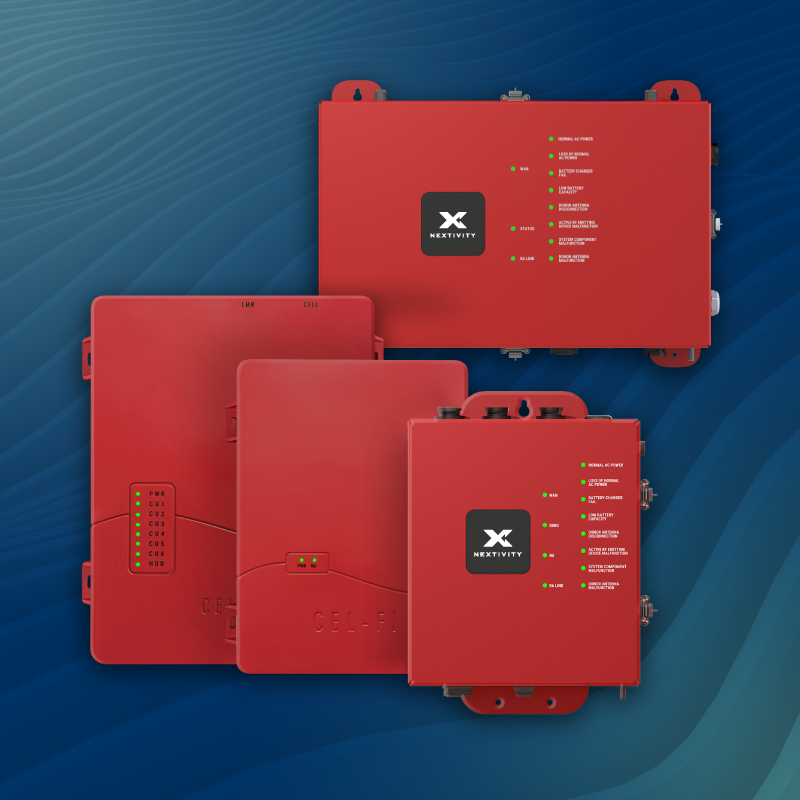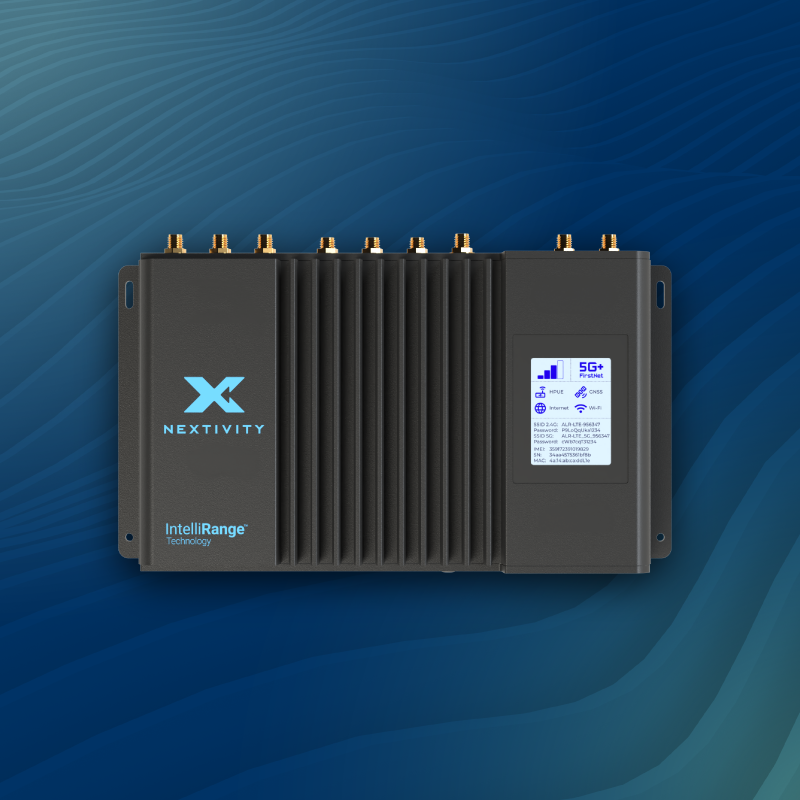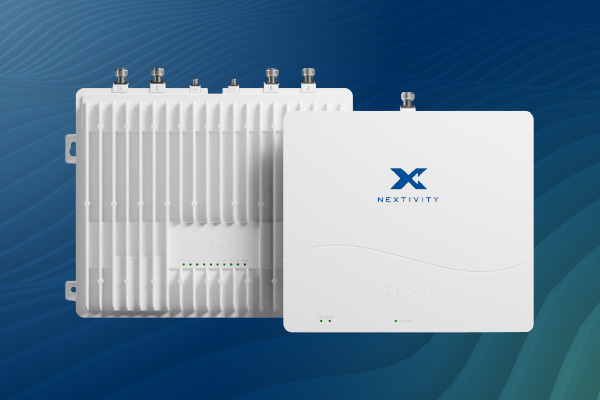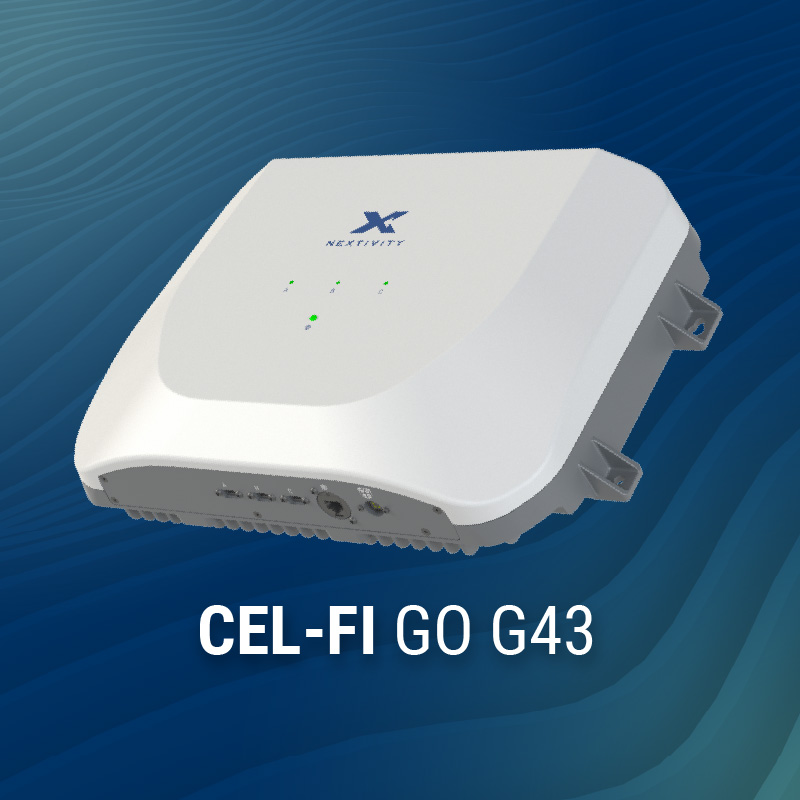For the first time, the Small Cell Forum includes Smart Signal Boosters in its guidelines to address indoor coverage challenges in the enterprise; CEL-FI meets requirements thanks to self-optimized networking (SON) algorithms in the CEL-FI baseband processor.
SAN DIEGO, CALIFORNIA – Jan. 29, 2014 – CEL-FI by Nextivity Inc. today announced that the next generation of its CEL-FI Smart Signal Booster fully supports the Smart Signal Booster deployment strategies laid out in the Small Cell Forum’s Release Two: Enterprise guidelines. Introduced in early December and developed with input from 20 global carriers, Release Two recognizes and includes, for the first time, the role smart signal boosters can play in delivering improved indoor cellular coverage in the enterprise when deployed as a small cell technology, along with femtocells, picocells, microcells and metrocells.
The smart signal boosters included in the Small Cell Forum’s Release Two: Enterprise guidelines must be carrier-specific (configured to only boost a particular network operator’s frequencies), and must not create any interference on the carrier network. CEL-FI is currently the only booster that meets these guidelines, and is ideal for use in enterprise environments where there is a need for both universal coverage and connectivity within a large indoor space due to heavy cellular voice and data demands.
The recently announced ARES baseband processor that powers the third generation CEL-FI Smart Signal Booster incorporates self-optimized networking (SON) algorithms identified by the Small Cell Forum as essential to the co-existence of “intelligent repeaters” with small cells in enterprise environments. The SON algorithms used in CEL-FI will auto configure, optimize, and manage how the smart signal booster fills gaps in indoor coverage when deployed in an enterprise environment. It is these algorithms that make CEL-FI obsessed with finding and maximizing indoor coverage; and enable it to deliver a system gain of 100db, which is at least 1,000 times higher than the industry average.
Additional information is available online in the “Alternative enterprise small cell solutions” document created by the Small Cell Forum for Release Two.
“We worked closely with the Small Cell Forum’s Radio and Physical Layer Working Group to explore opportunities for “intelligent repeaters” like ours to co-exist with small cells in enterprise environments to address coverage issues,” says Michiel Lotter, Chief Technology Officer at Nextivity, Inc. “We are extremely proud of our innovations in the smart signal booster market and to be delivering the first smart signal booster that can be deployed as part of a small cell strategy.”
“For the first time, it is now possible to use smart signal boosters as a small cell technology to deliver coverage in dead zones within buildings at far less cost and complexity,” says Lotter. “This transparent and seamlessly interoperable environment greatly simplifies indoor radio frequency planning and installation and eradicates legacy macro network interference concerns.”
The third generation CEL-FI Smart Signal Booster will make its debut in Q2 2014.
About Nextivity Inc.
Headquartered in San Diego, Nextivity Inc. develops the CEL-FI Smart Signal Booster, which is authorized by 139 leading global carriers (including AT&T and T-Mobile) in 70 countries for use on their networks. Nextivity’s engineering team has leveraged advanced signal processing and intelligent antenna design to develop the world’s only self-configuring, environmentally aware indoor coverage systems. Additional information is available at cel-fi.com, on Twitter @5bars, and on Facebook (facebook.com/5bars).
Nextivity, the Nextivity logo, CEL-FI and IntelliBoost are registered trademarks of Nextivity Incorporated in the United States and/or other countries. All other trademarks are the property of their respective owners.
Media Contact
Marisa Marzano
Echo Communications (for Nextivity)
705-484-5105
marisa (at) echo-communications.com



